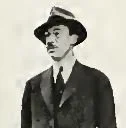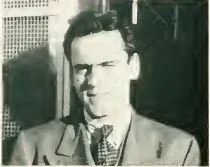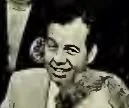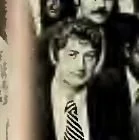
The History of Tulane Bands
Since 1920, the Tulane University Marching Band (TUMB) has been the proud soundtrack of Tulane University and New Orleans, echoing the city’s vibrant musical heritage and campus spirit. Originating as a military band and surviving decades of transformation, the program’s legacy grew through legendary leadership, evolving traditions, and moments of resilience—including a remarkable post-Katrina revival.
Over the years, the band expanded beyond just the marching field, adding ensembles and performance groups that showcase a wide range of talent and styles. From energizing football crowds and Mardi Gras parades to collaborating with local musicians and presenting concert repertoire, Tulane Bands has grown into a diverse, dynamic program deeply connected to both the university and the city’s cultural heartbeat.
Every year, members learn from world-class musicians, participate in high-profile collaborations, and celebrate local culture, shaping unforgettable experiences for both performers and audiences alike. Tulane Bands stand as a living testament to Tulane’s enduring spirit—resilient, inclusive, and forever marching forward.
Tulane Band Directors
1920-1936 Frederick Hard
1936-1938 Maynard J. Klein
1938-1968 John Morrissey
1968-1978 Ted DeMuth
1971-1978 Bruce Pollock
1978-2004 John Dilkey
2004-Present Barry Spanier
Coming Soon!
Coming Soon!
Please excuse the mess as we are updating our website.
Check back soon for more content and updates!







